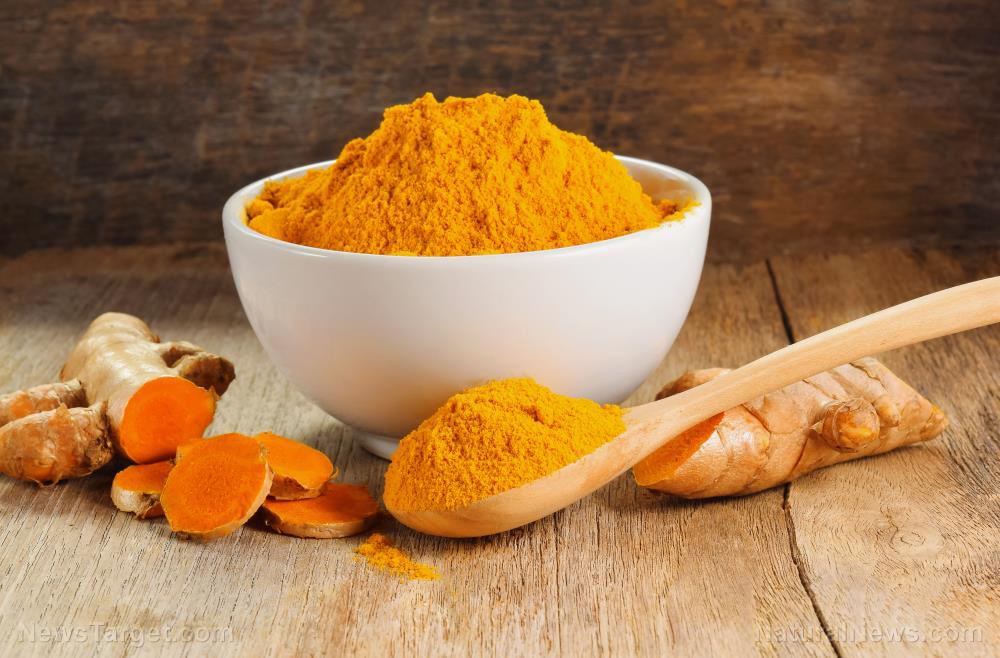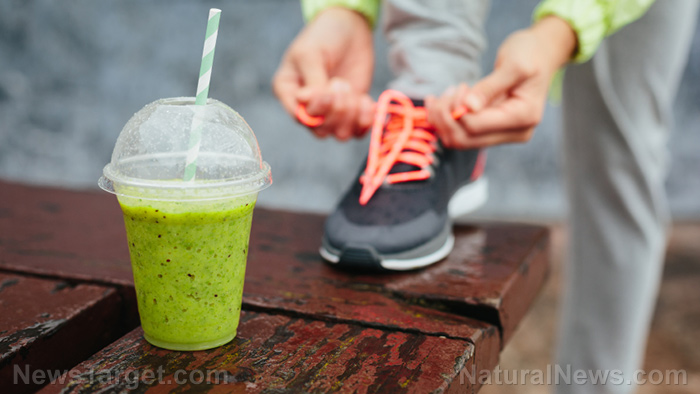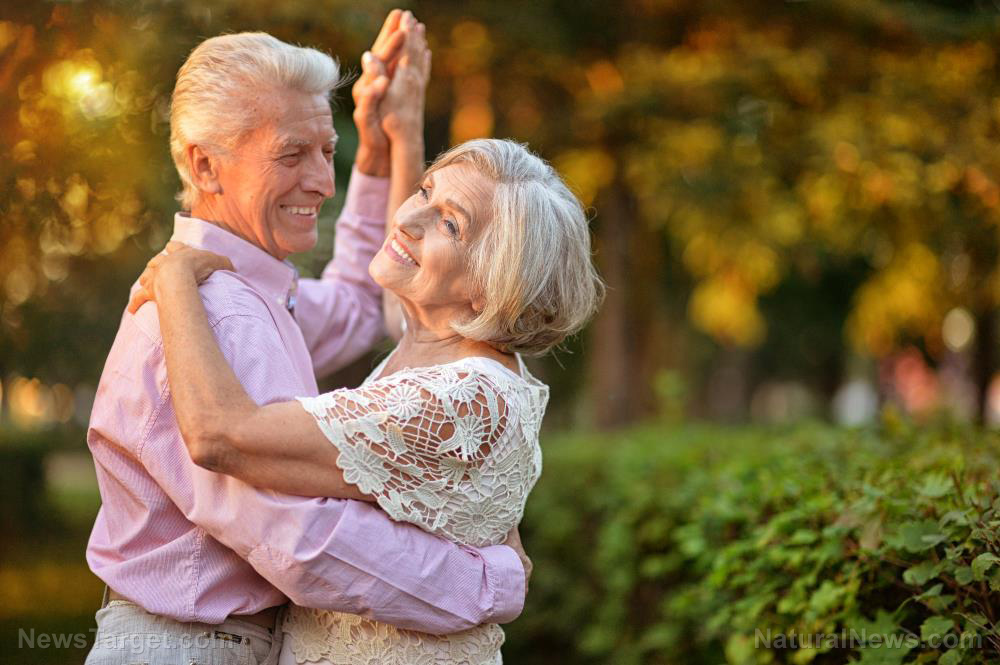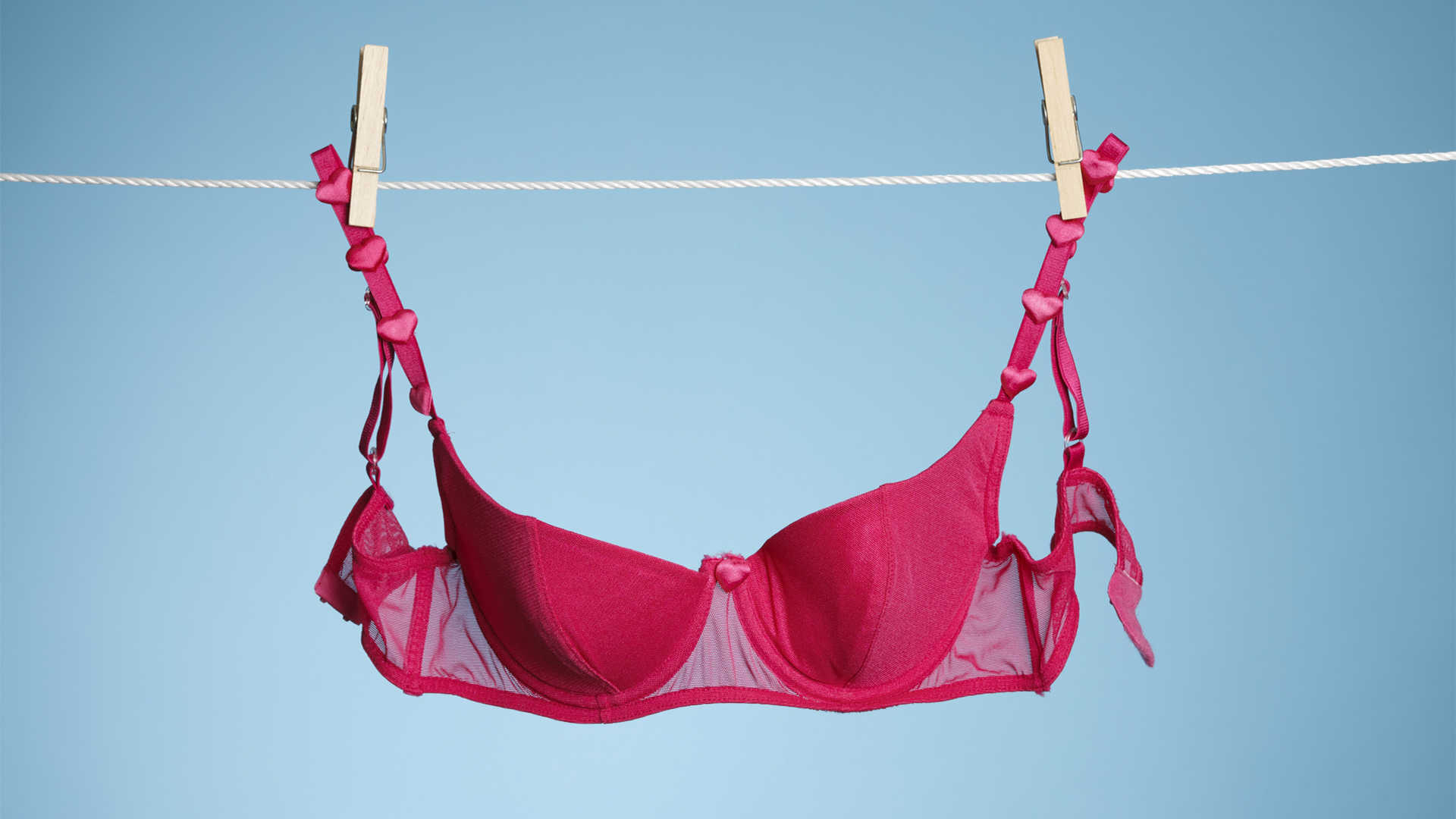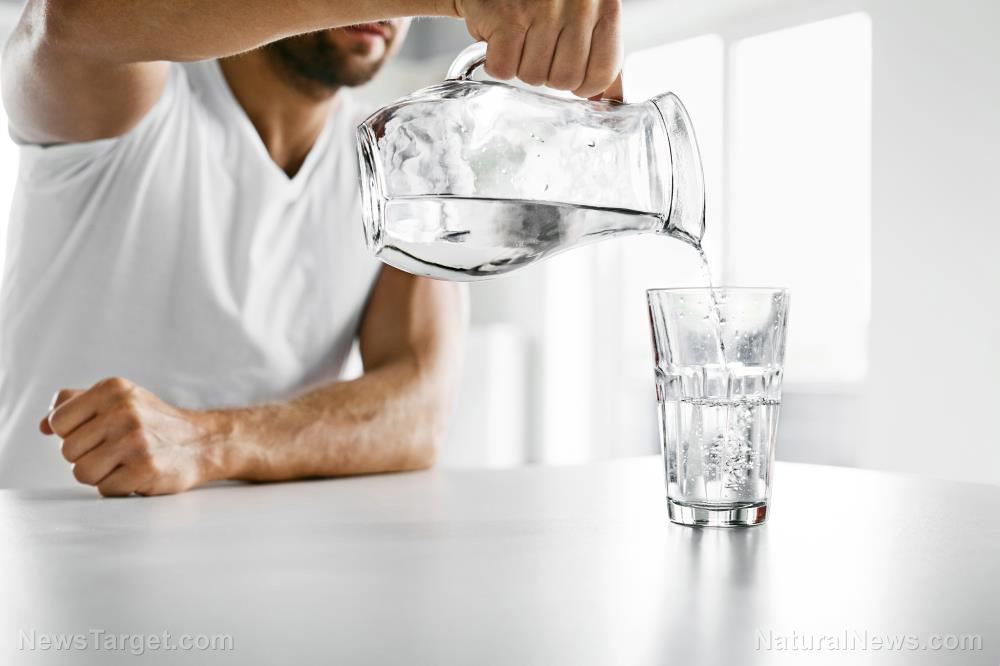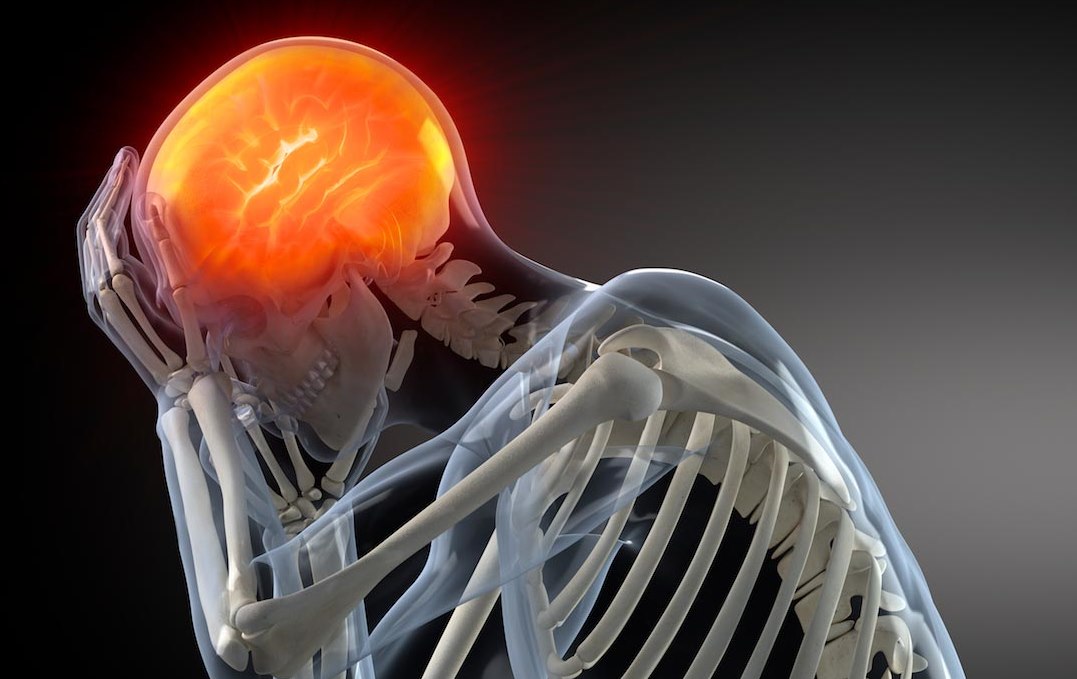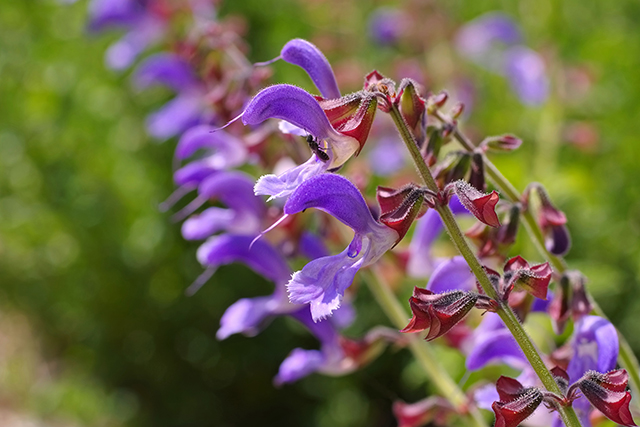Just 3 sessions of aerobic exercise per week can relieve clinical depression
01/23/2019 / By Michelle Simmons
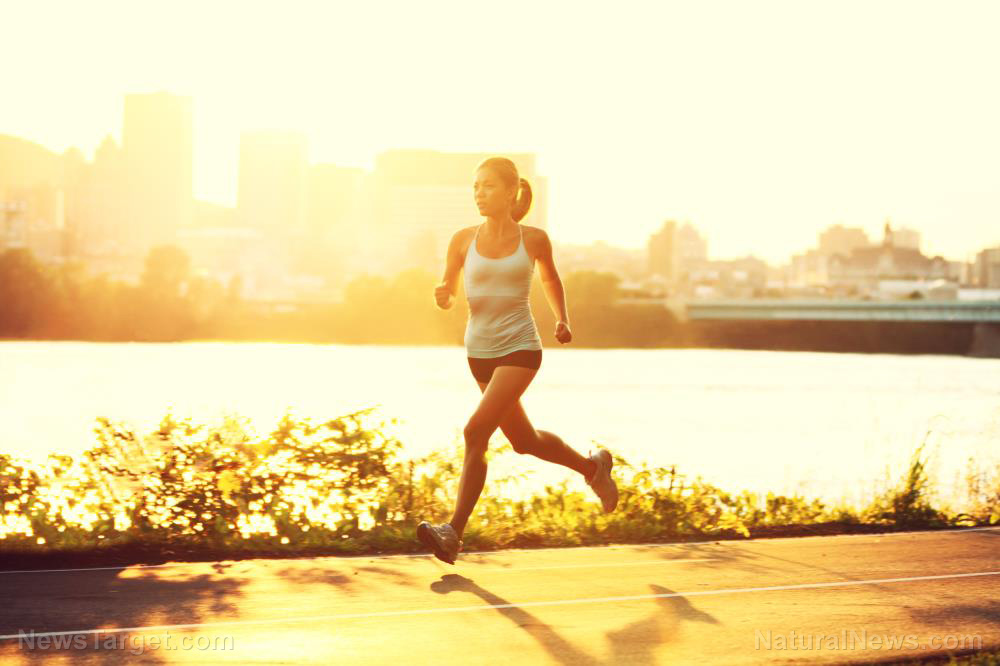
A systematic review published in the journal Depression and Anxiety suggests that aerobic exercise has significant antidepressant effects for people with clinical depression. More specifically, the review reported that three 45-minute sessions of moderate-intensity aerobic exercise every week may relieve clinical depression.
A team of researchers from Greece, the U.K., and Canada evaluated the antidepressant effects of aerobic exercise on people suffering from clinical depression. The research team looked at 11 studies with a total of 455 adult participants.
Instead of taking antidepressant drugs – which is the conventional treatment for depression – the participants underwent supervised moderate-intensity aerobic exercise for an average of 45 minutes, thrice a week for a period of 9.2 weeks. (Related: Stopping exercise can plunge people back into depression after only THREE DAYS, study concludes.)
The results showed that the exercise routine significantly improved the symptoms of depression, regardless of their severity. In addition, in trials for individuals with a lower risk of clinical depression, aerobic exercise produced moderate-to-large antidepressant effects. For trials with short?term exercise interventions or up to four weeks, exhibited large antidepressant effects.
Based on these findings, the research team concluded that aerobic exercise can relieve symptoms of depression and may be used as an effective treatment for this mental illness.
More on depression
Depression is a life-threatening and burdensome mental illness. In recent years, the number of people suffering from this mental illness has increased. According to the World Health Organization (WHO), around 300 million people around the world suffer from depression. Furthermore, it is estimated that 15 percent of the adult population will experience depression at some point in their lives.
A person with depression may experience the following symptoms:
- Changes in appetite which cause either weight loss or gain.
- Exhibiting purposeless physical activities or actions that show distress or worry like hand-wringing.
- Feeling worthless or guilty.
- Difficulty thinking, concentrating, or making decisions.
- Difficulty falling asleep.
- Sleeping excessively.
- Losing energy or feeling weak.
- Losing interest or pleasure in activities previously enjoyed.
- Slowed movements or speech that is observable by others.
- Thinking of death or having thoughts of killing oneself.
More ways to beat depression
In addition to aerobic exercise, there are other non-drug treatments available that help beat depression. These include the following:
- Curcumin: Research has found that curcumin, which is the primary active compound of turmeric, is a safe and effective alternative treatment for people with depression. However, the study only suggests it for people who do not show suicidal intentions or have a concurrent psychotic disorder.
- Saffron: Research has also reported that saffron extracts offer antidepressant effects. In a small study, researchers compared the effects of saffron with the effects of fluoxetine (an antidepressant drug) on people with depression and found that both produced similar improvements.
- Meditation: Meditation, which is an active training of the mind, can also help reduce the symptoms of anxiety and depression. This practice involves a 30- to 40-minute daily mind training to accept feelings and thoughts without judgment, as well as relaxing the mind and body.
- Yoga: Practicing yoga can help reduce stress and anxiety by decreasing heart rate, lowering blood pressure, and improving breathing. A study on yoga found that the practice helps improve symptoms of depression in the long run.
Read more news stories and studies on natural ways to battle with depression by going to BeatDepression.news.
Sources include:
Tagged Under: aerobic exercise, beat depression, Clinical depression, depression, depressive disorder, exercise, fitness, mental health, mind body science, Natural Treatments, prevention, remedies

